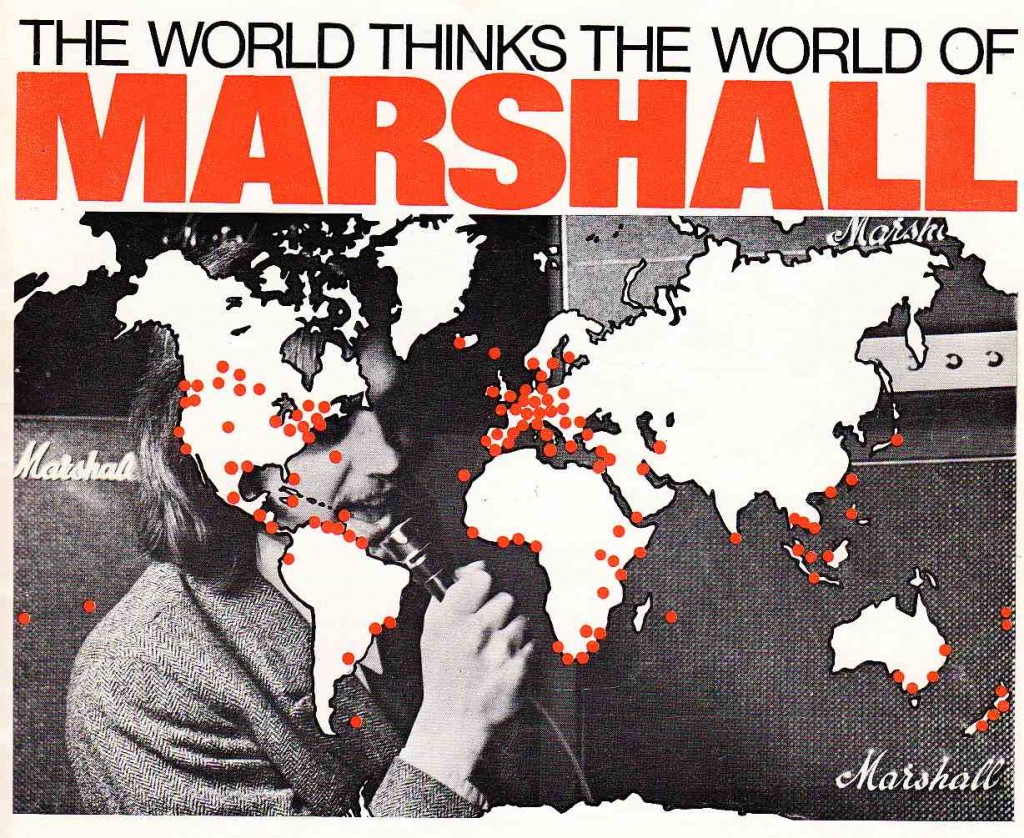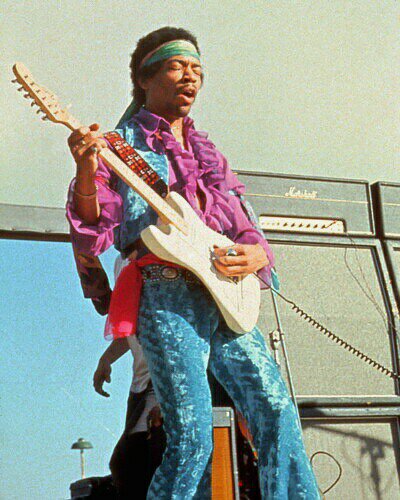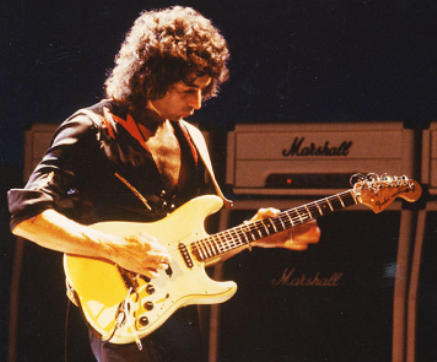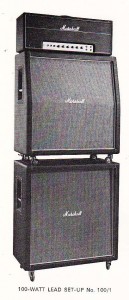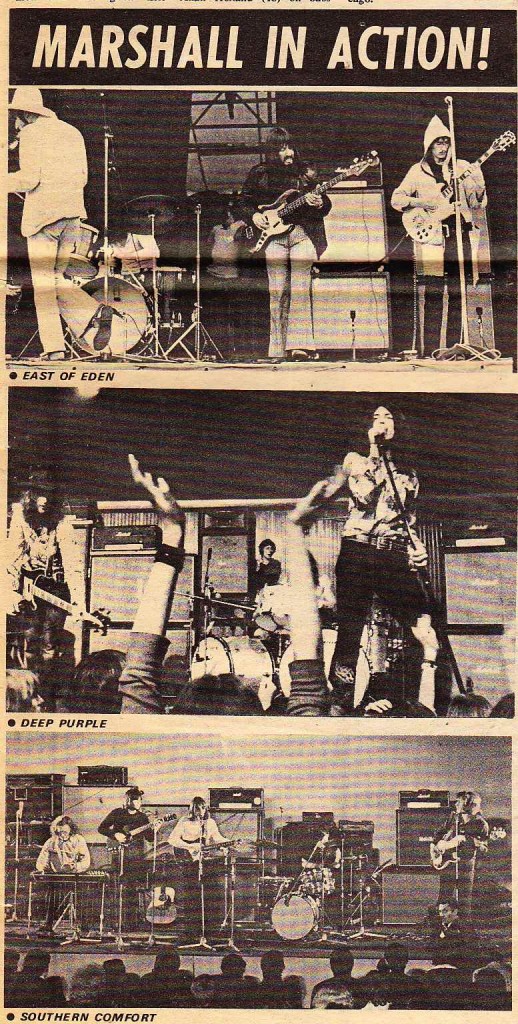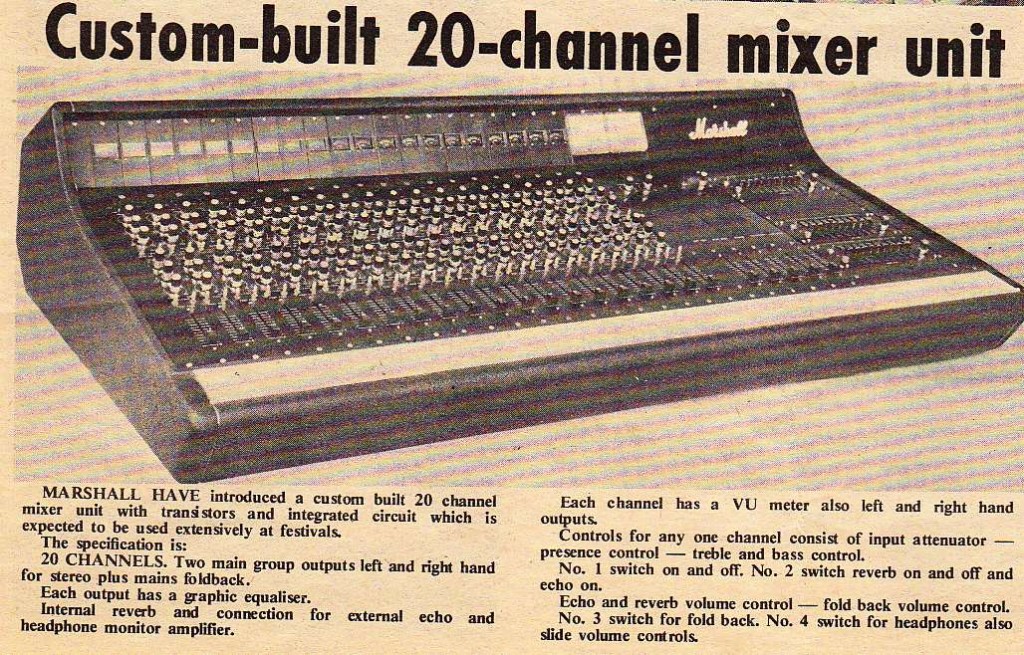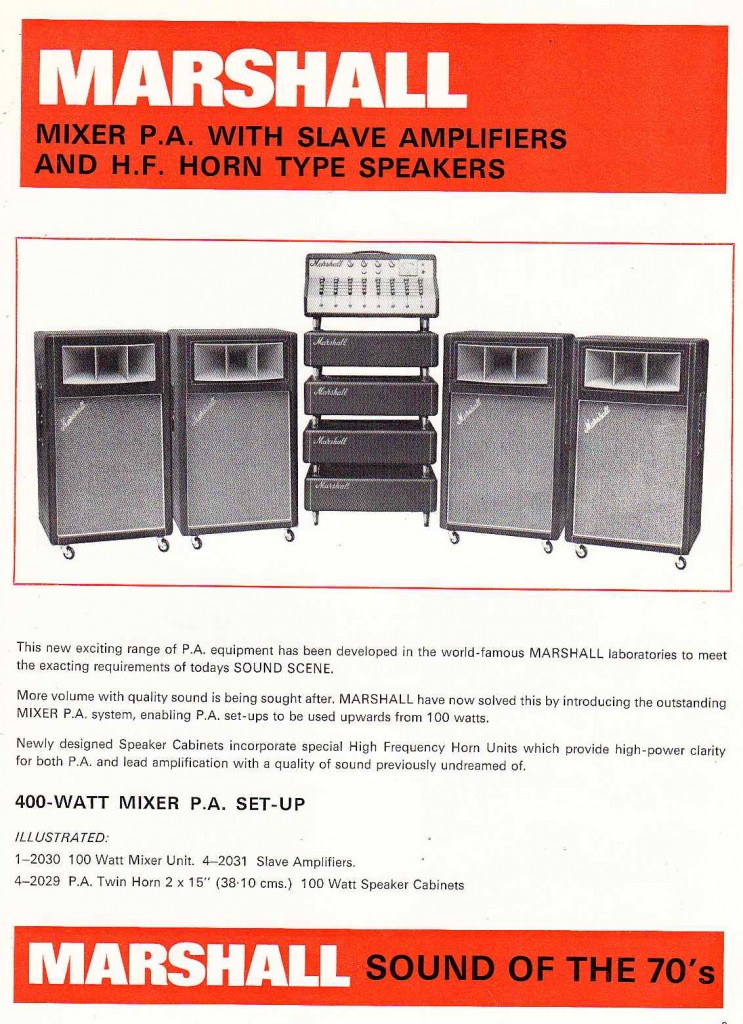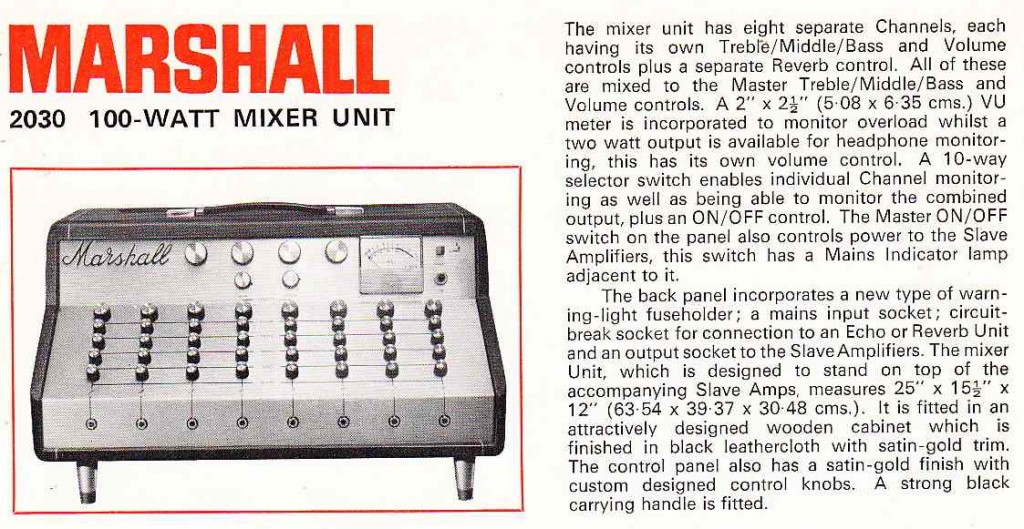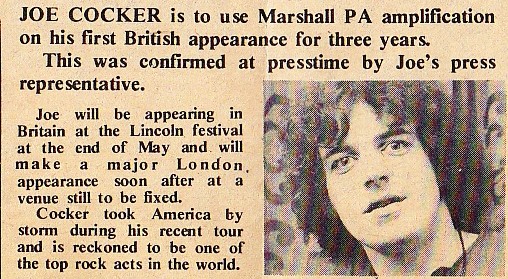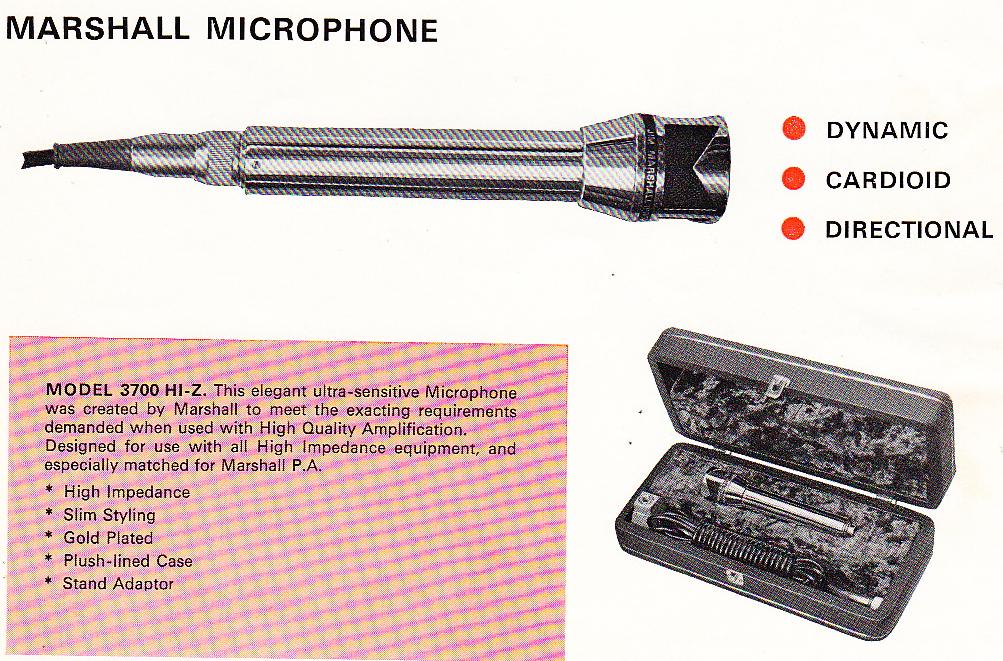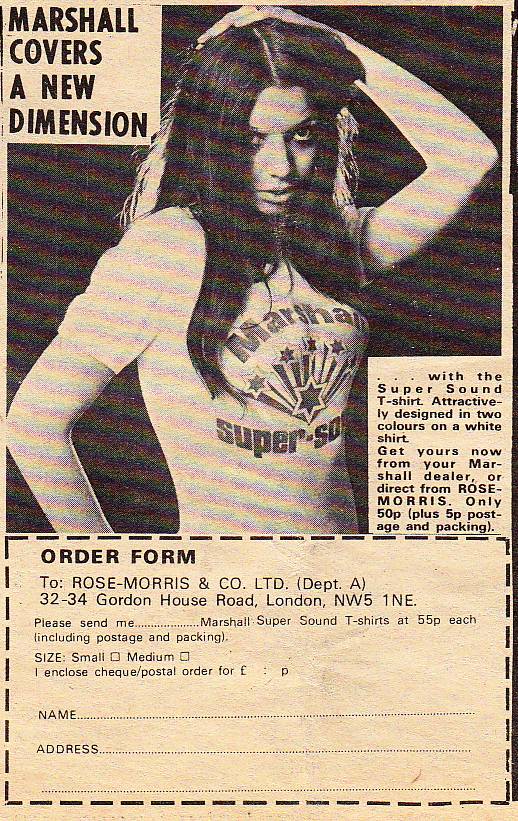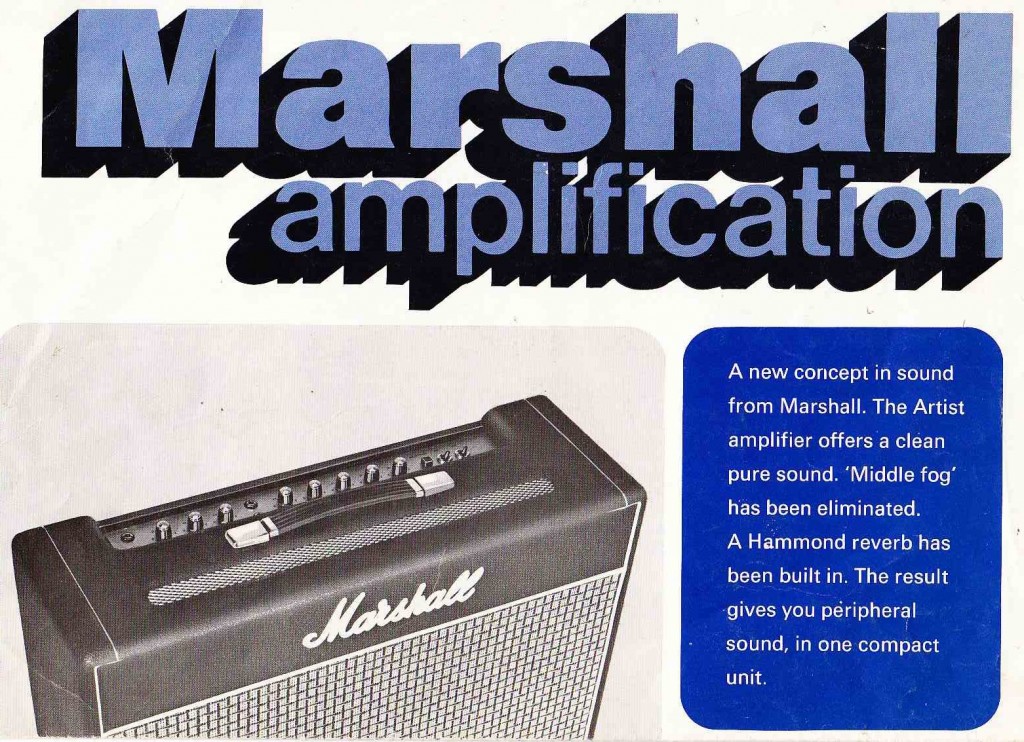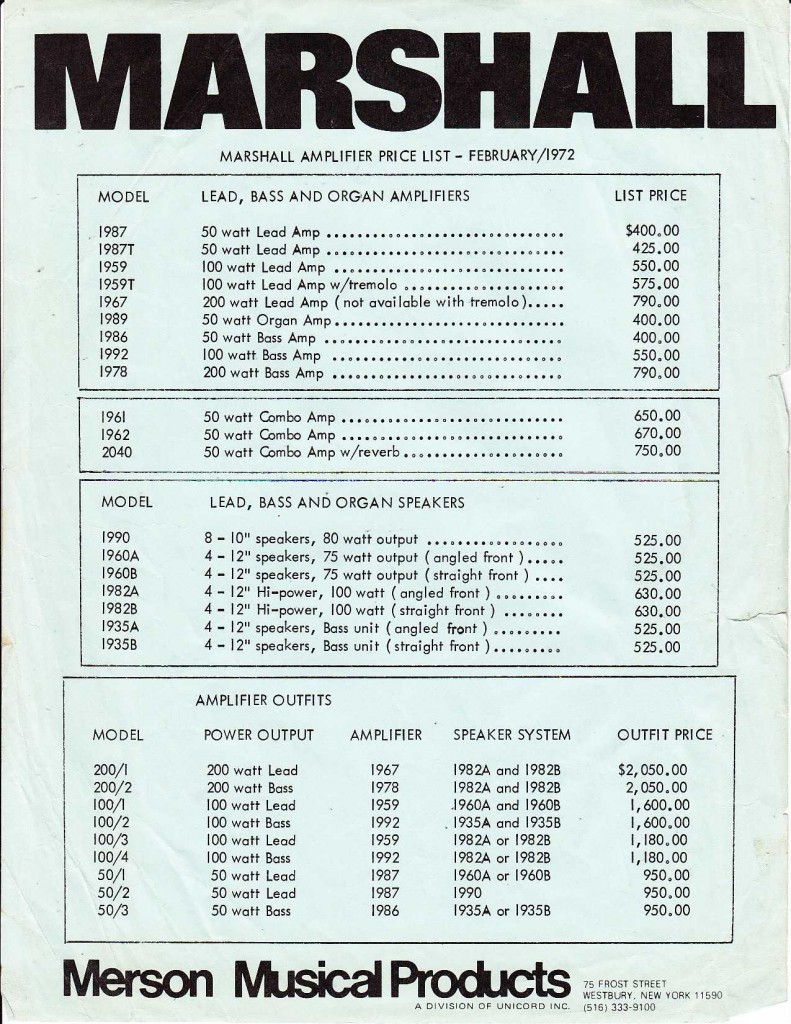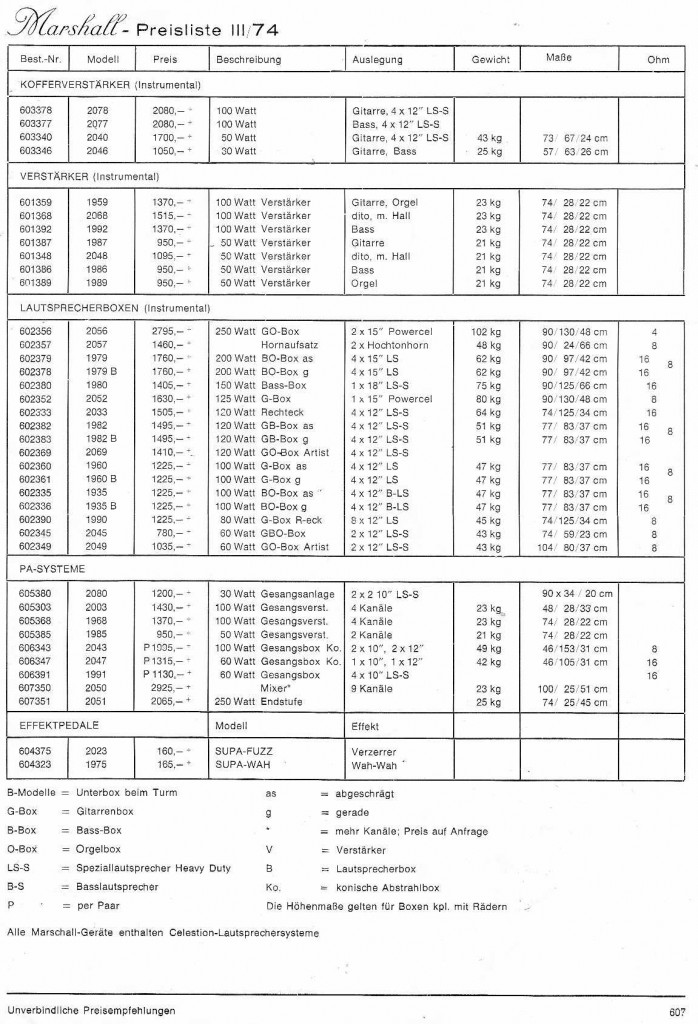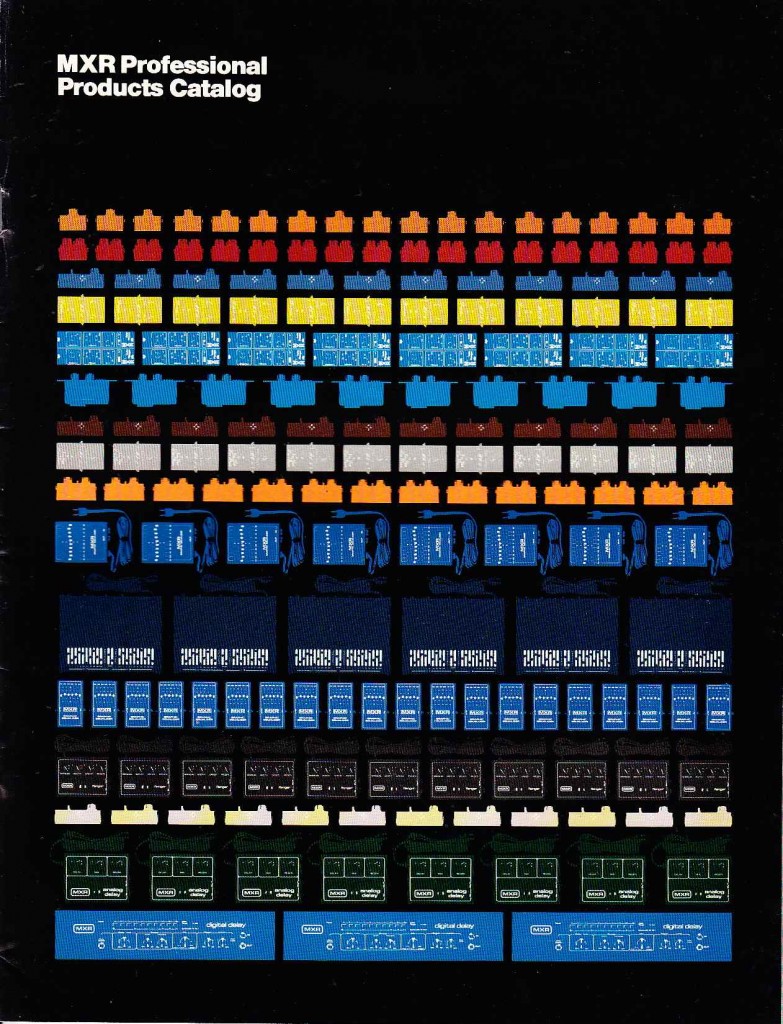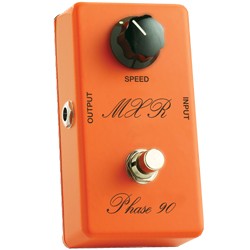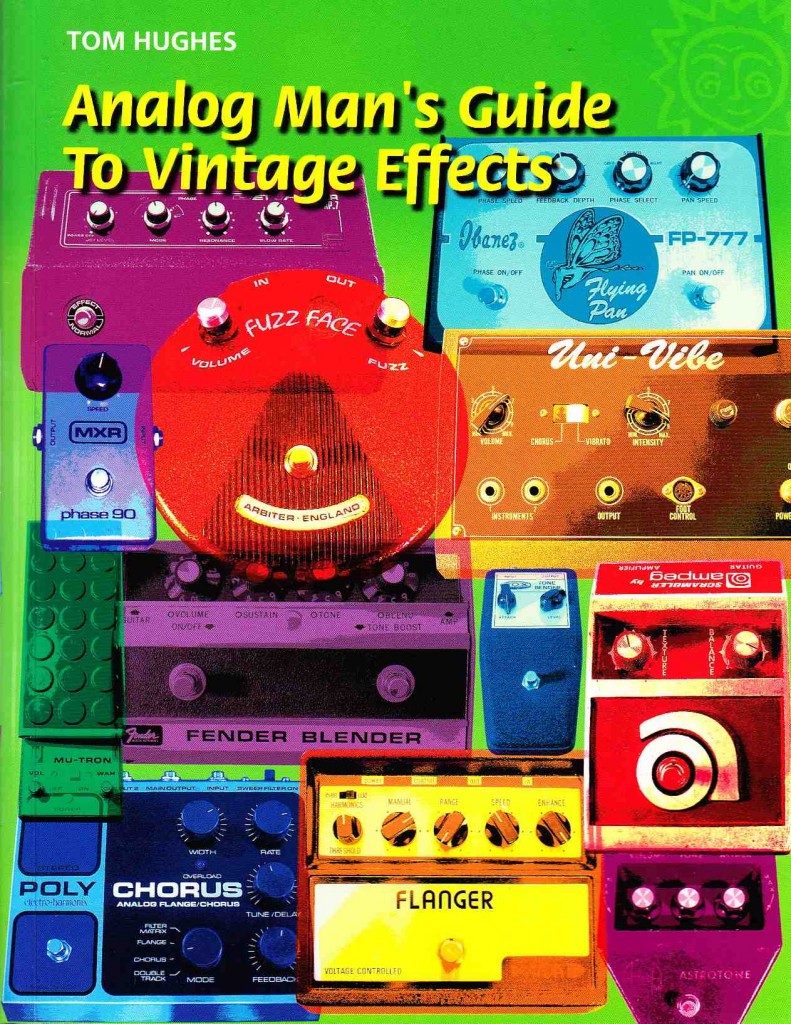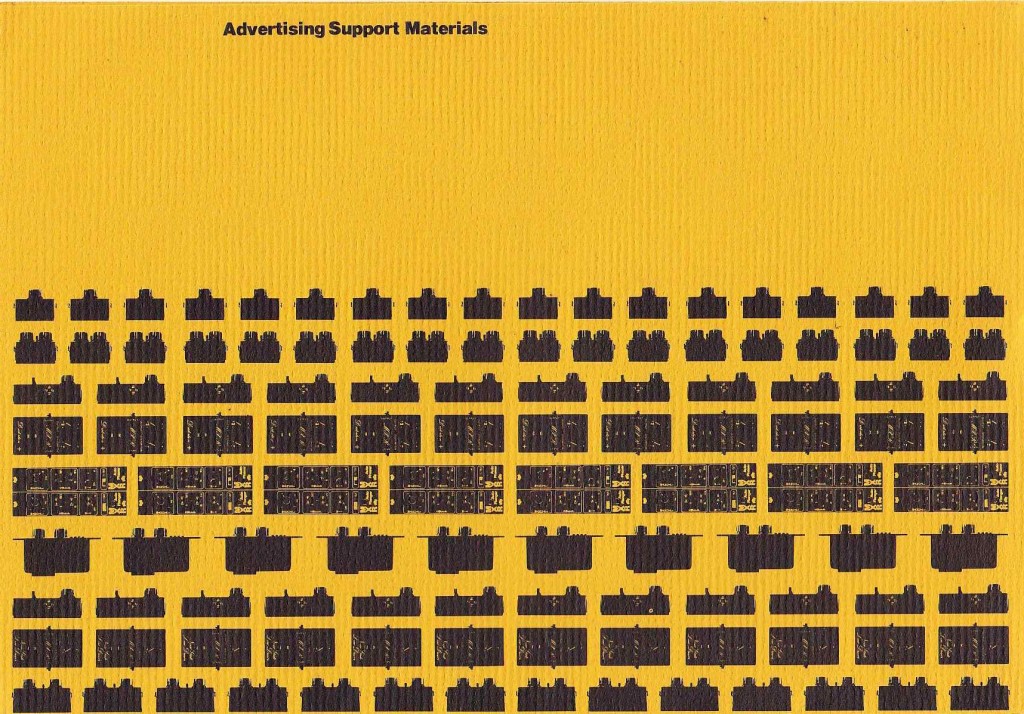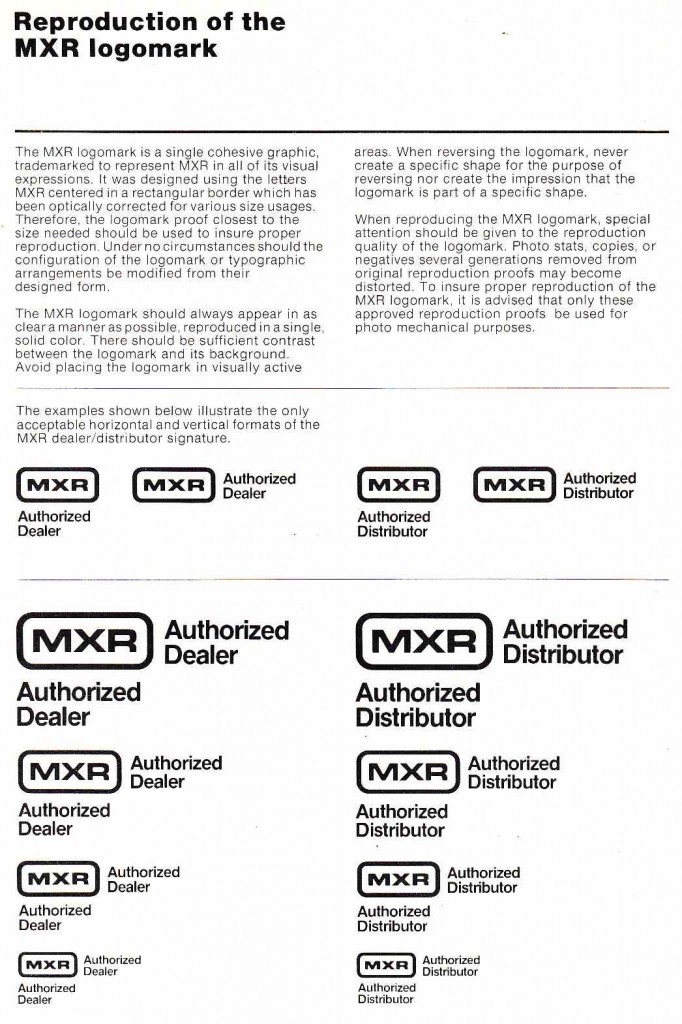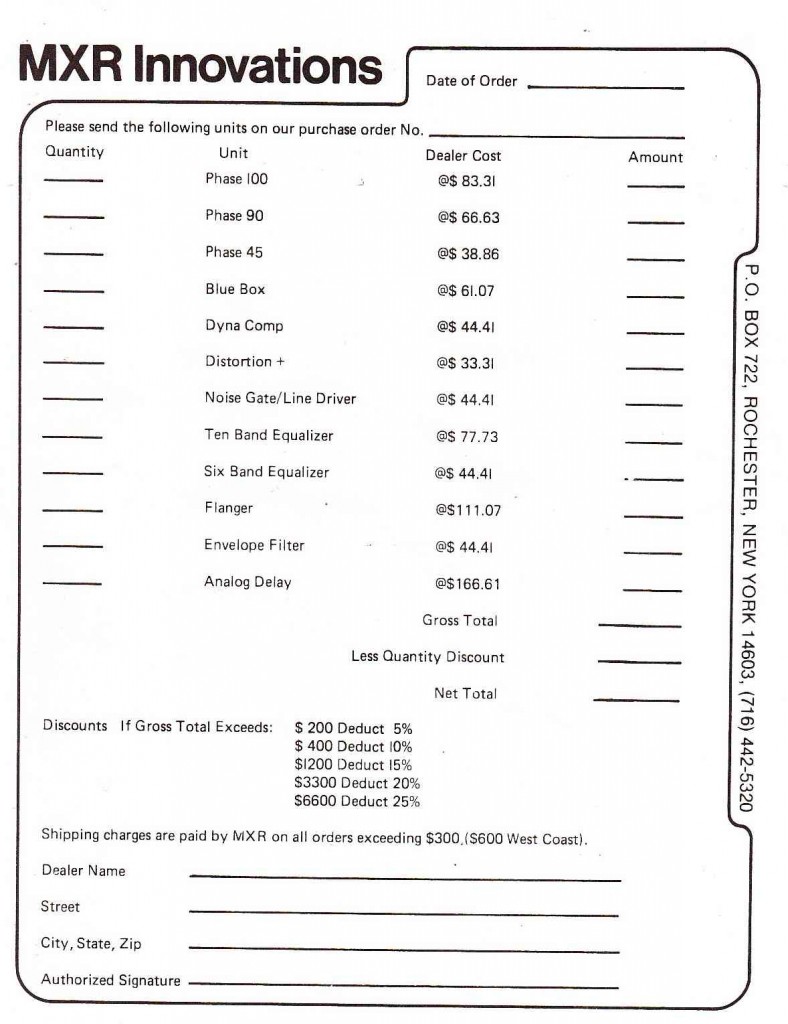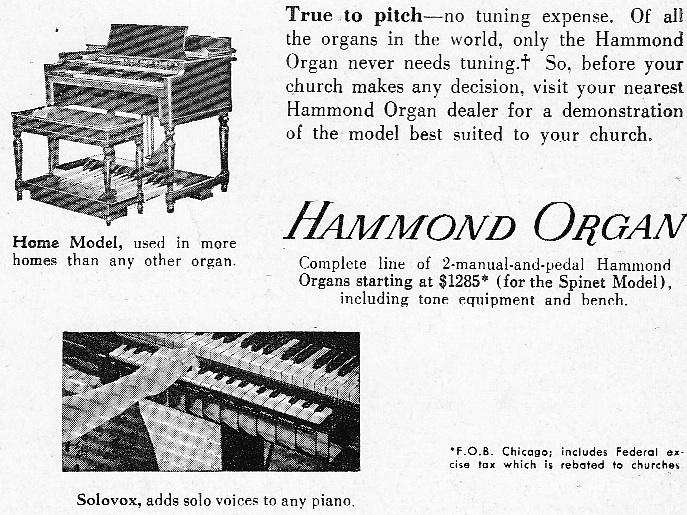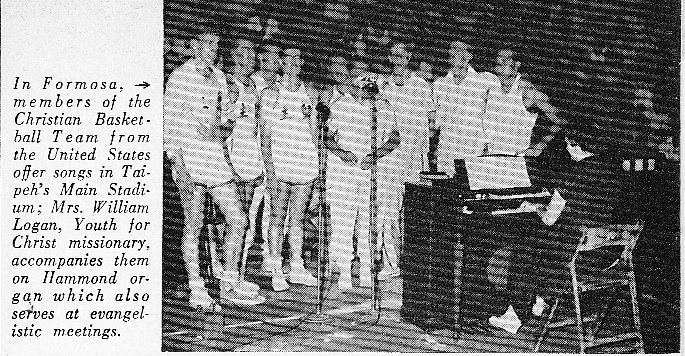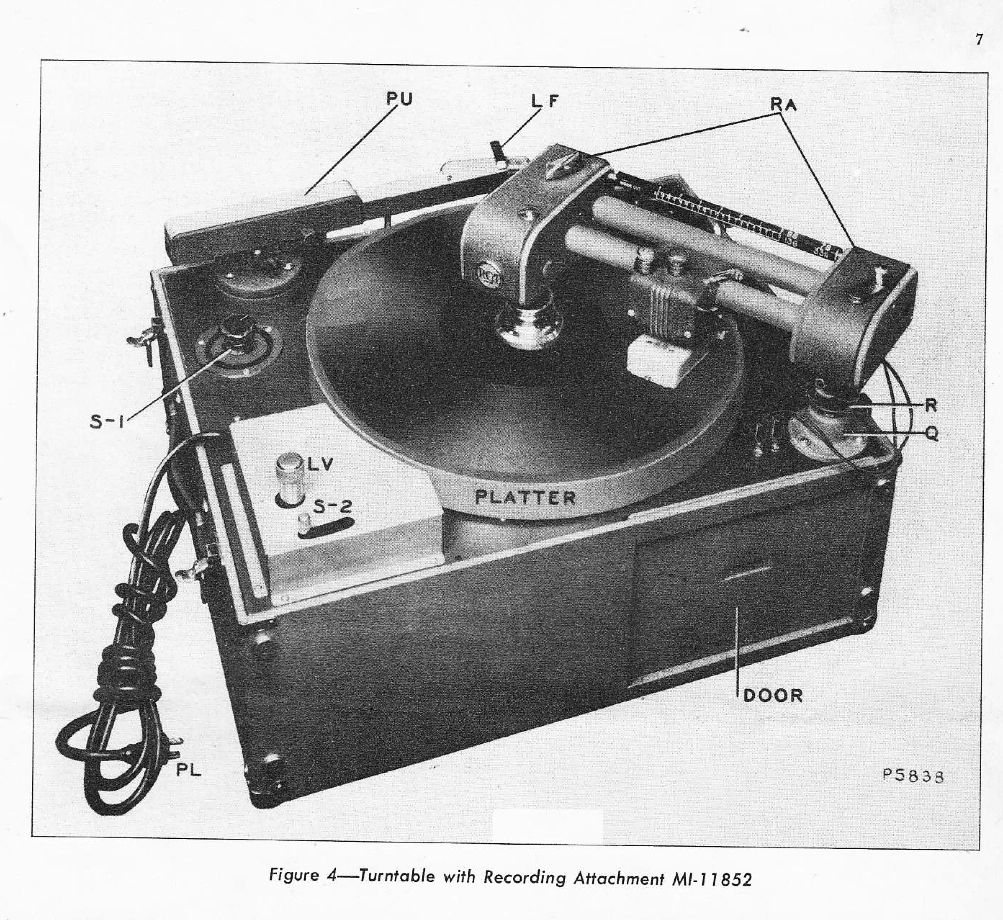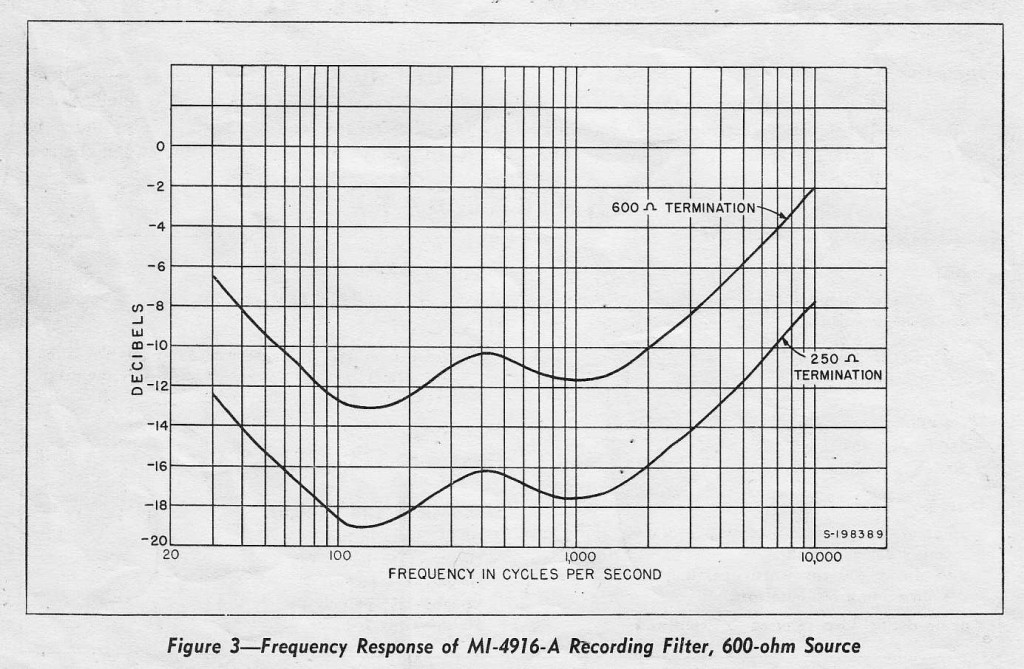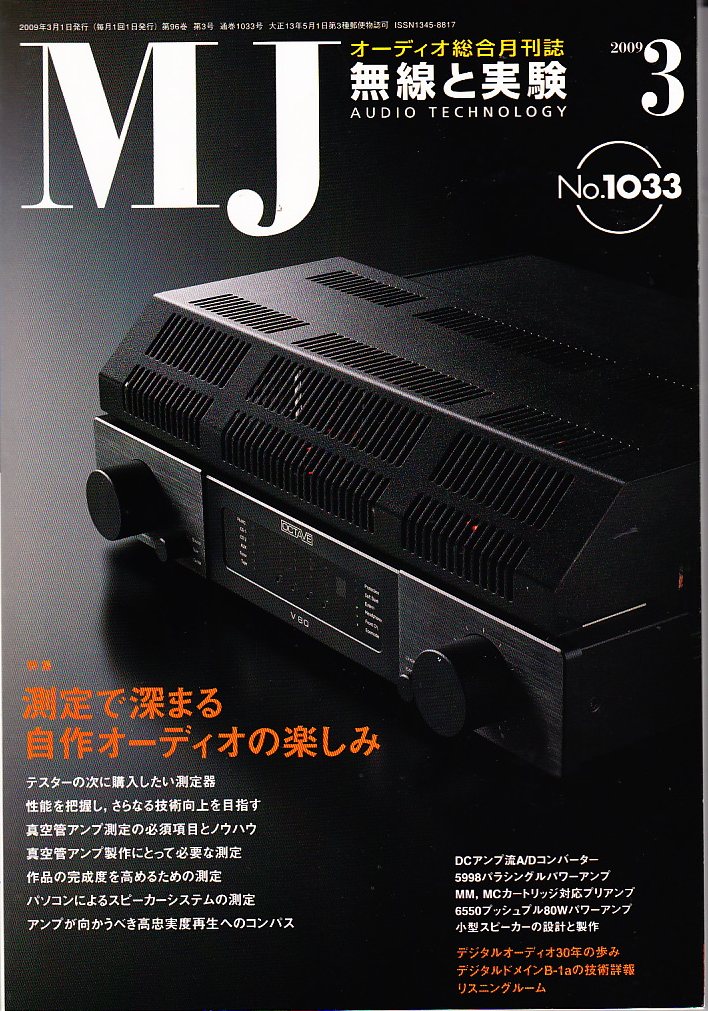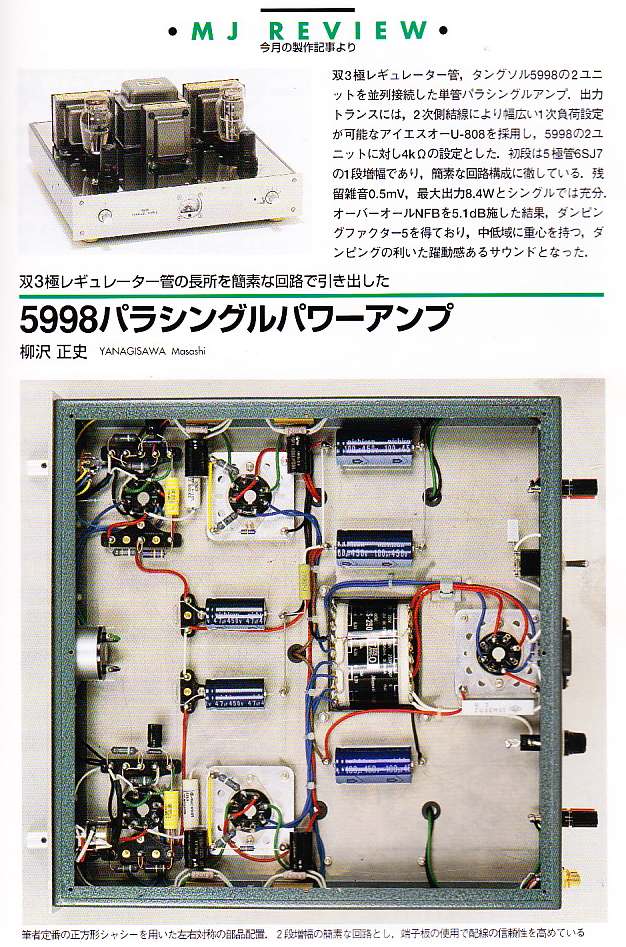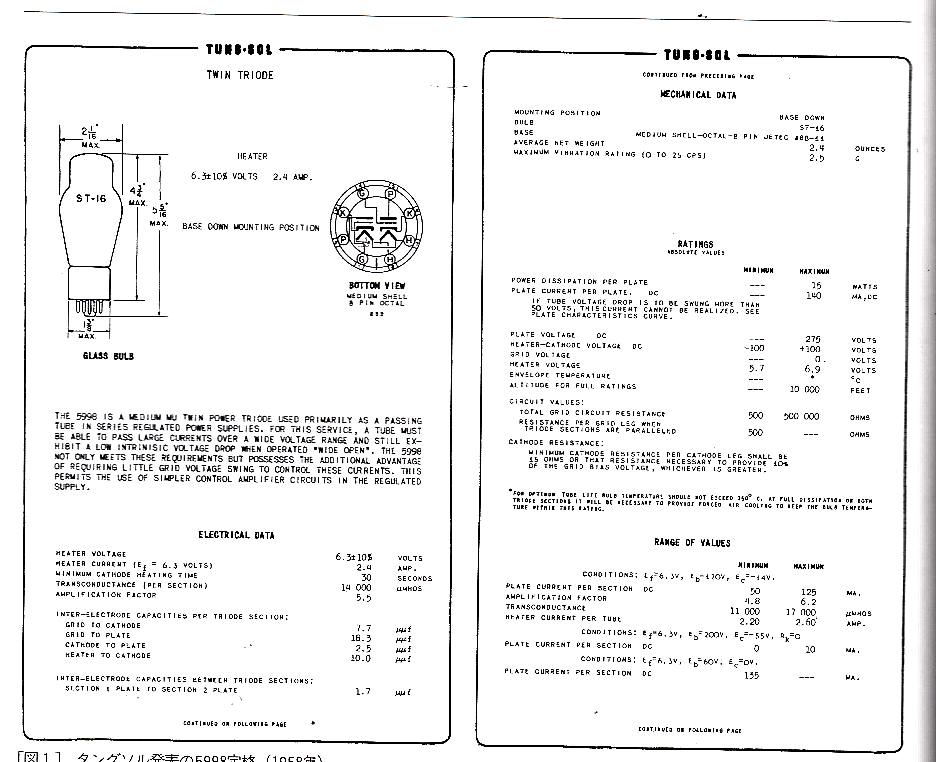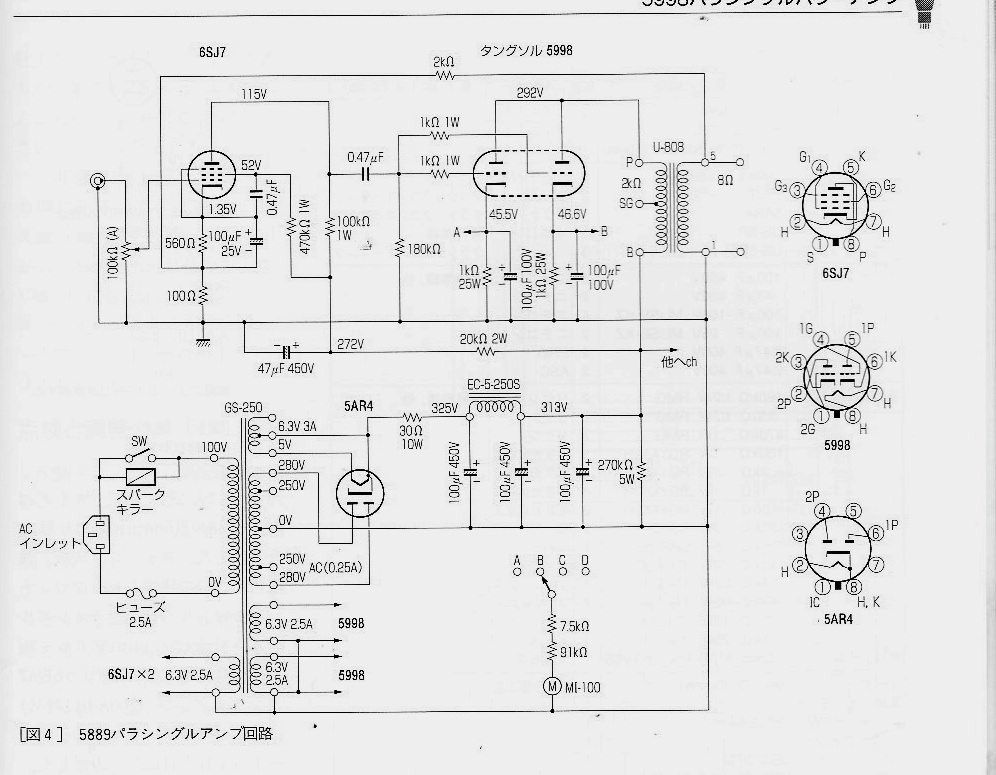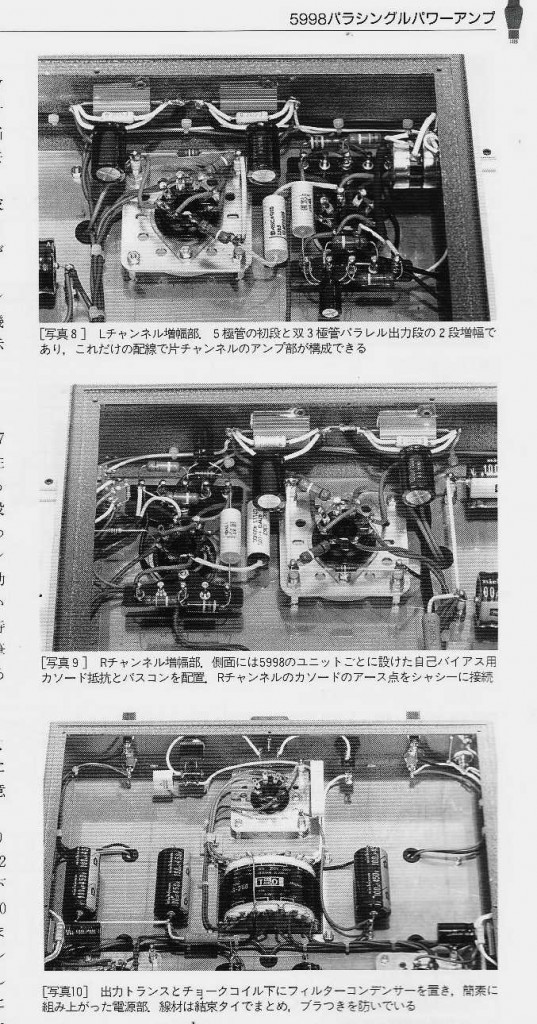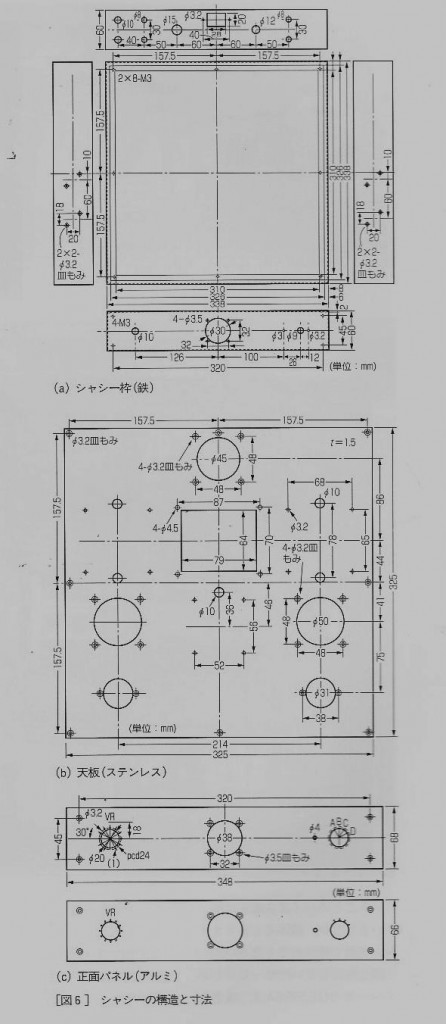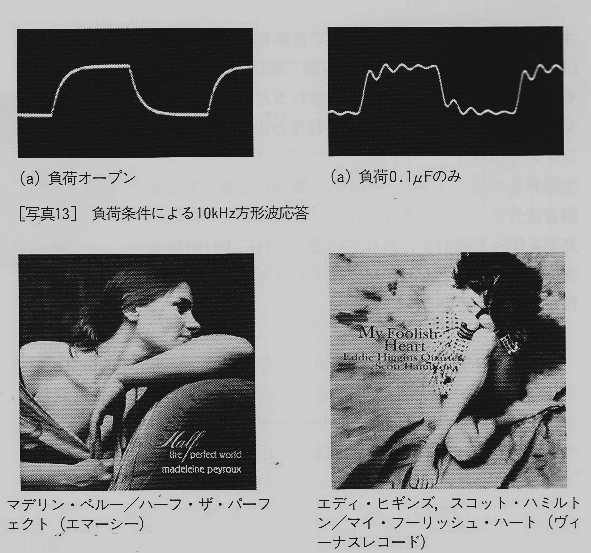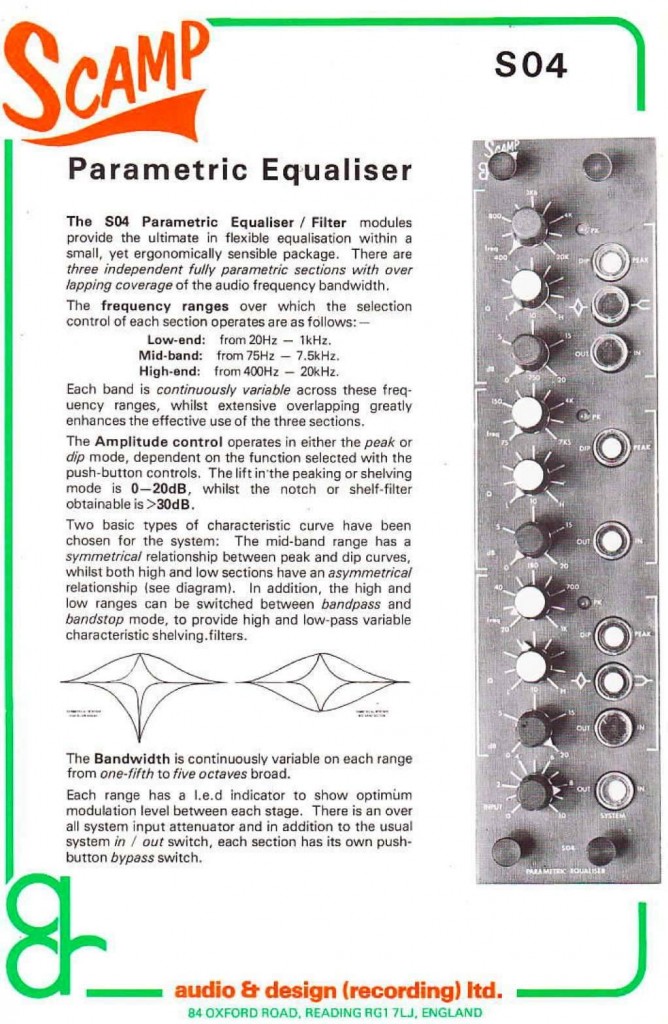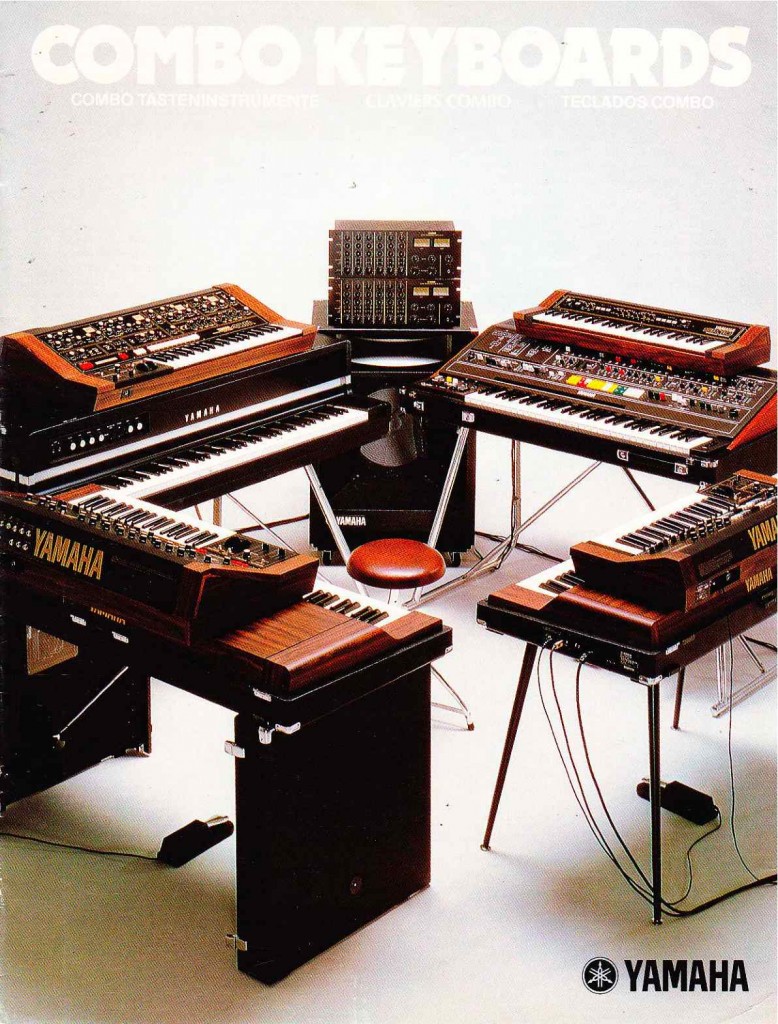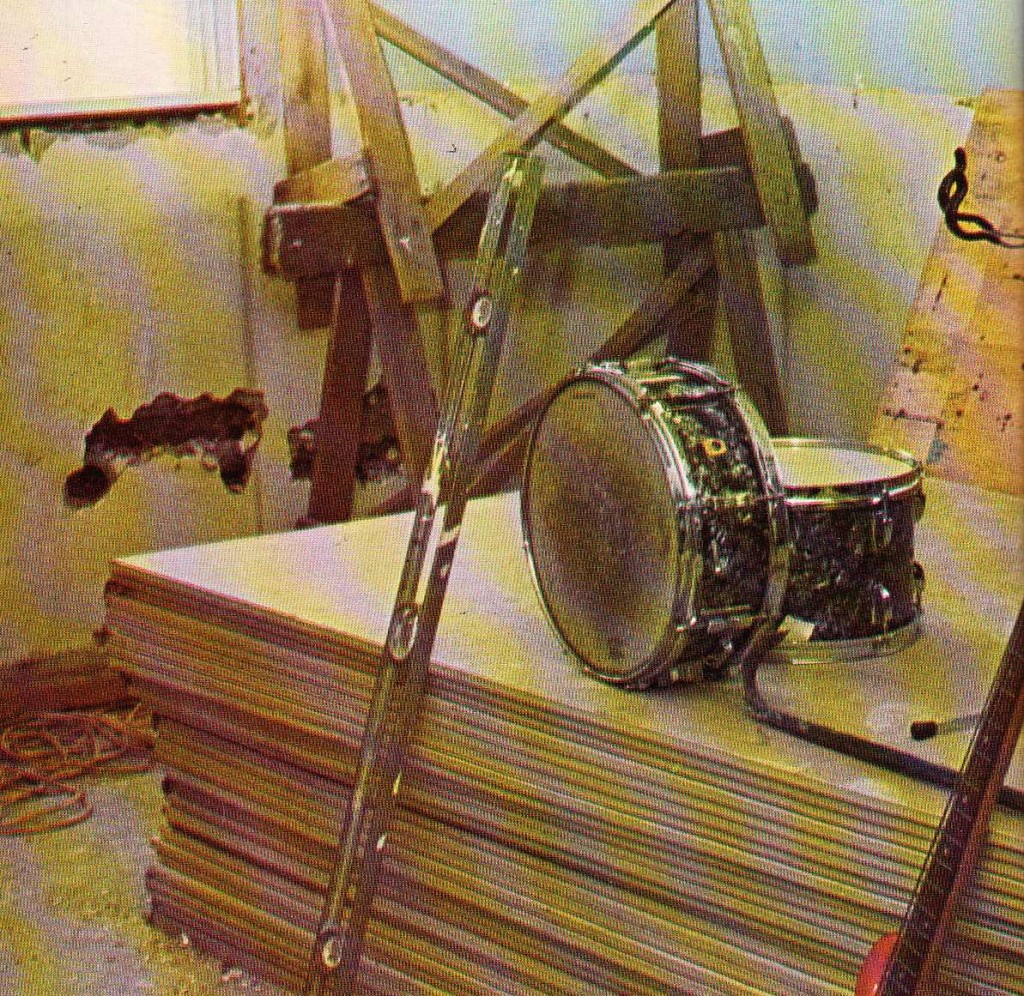Damn that dude was funny. Heard he became/was-always a major reactionary. Anyhow, PS was not updated this weekend because… this weekend was ‘open studios’ in scenic Bridgeport CT. My shop is located in an Arts-Space building, and we opened the doors to all comers this weekend. As always, met some real characters, and got to know the other folks in the bldg a little better. If you came by and rapped with me… thank you. Hope you enjoyed the event.
E and I like to ‘work-through’ these open-studio events; keep it productive while taking the time to speak to anyone interested in our arcane activities. You likely know that I am involved in the creation and servicing of tube-based audio equipment; E is a letterpress printer. During these open-studio working-sessions, E refers to our spot as ‘Sturbridge Village‘, and I find this hilariously accurate.
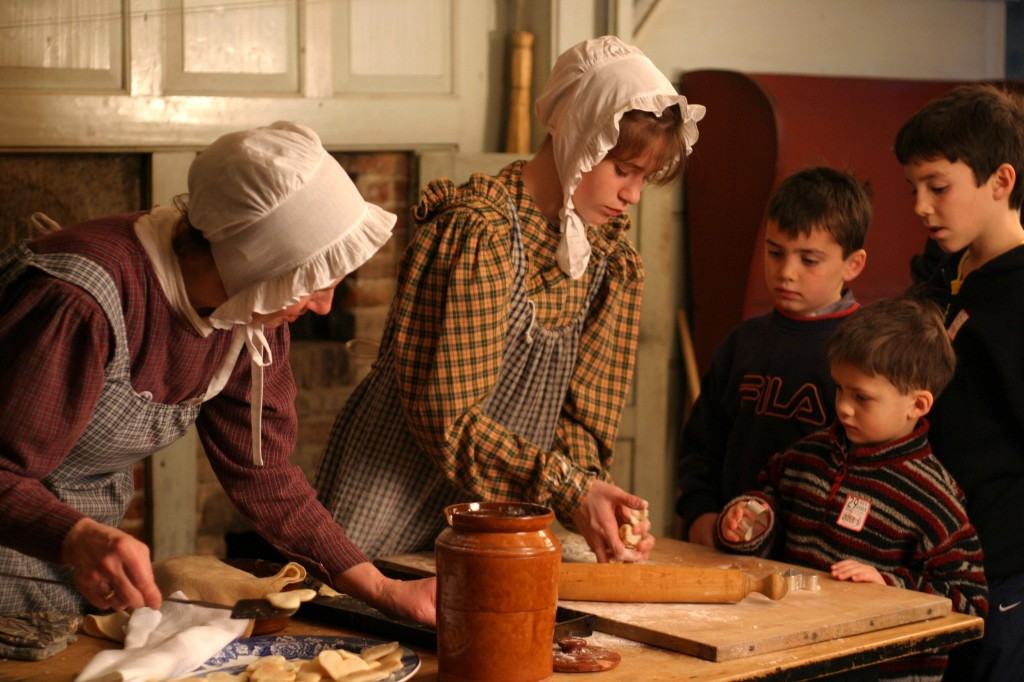 (This is from Sturbridge Village, not our shop. But u get the idea)
(This is from Sturbridge Village, not our shop. But u get the idea)
ANYhow… point is… I actually got a lot done this weekend due to the fact that I was forced to be in the shop for two entire days straight. This week, we will look in-depth at…
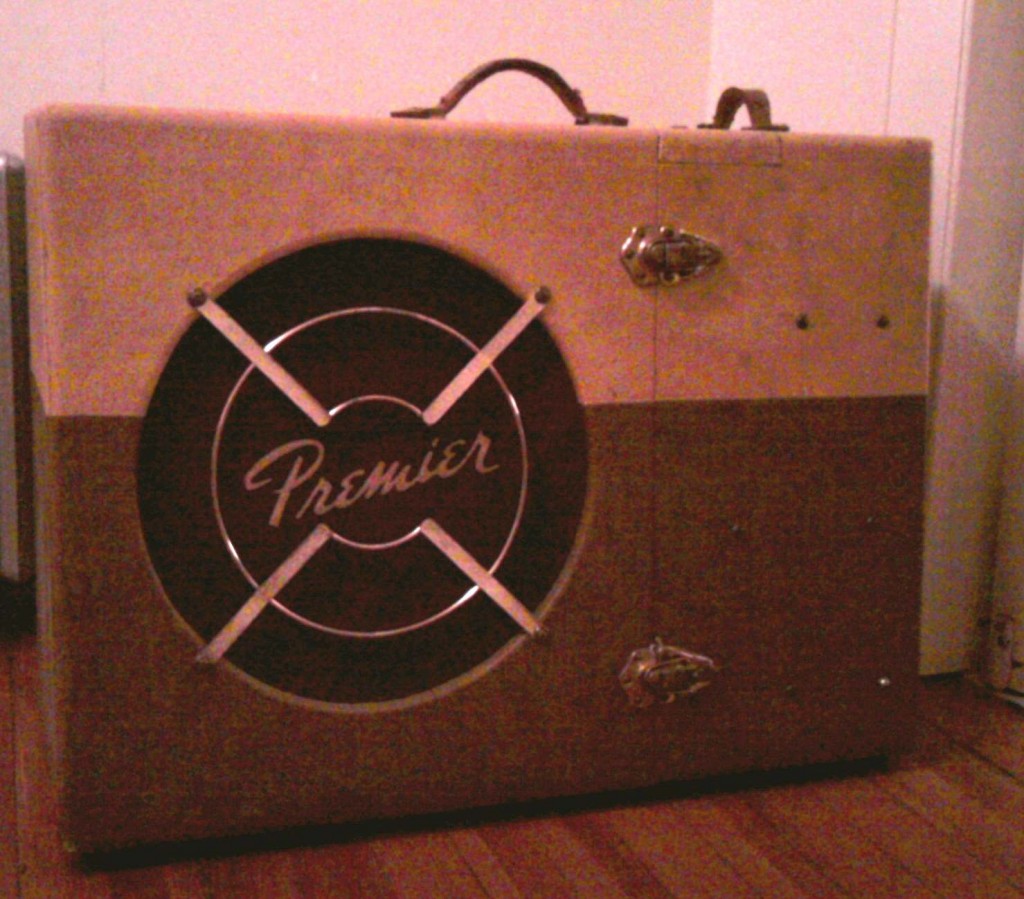 ..the Premier 88. Which is finally F’ING DONE! and oh my god does it sound killer. Also….
..the Premier 88. Which is finally F’ING DONE! and oh my god does it sound killer. Also….
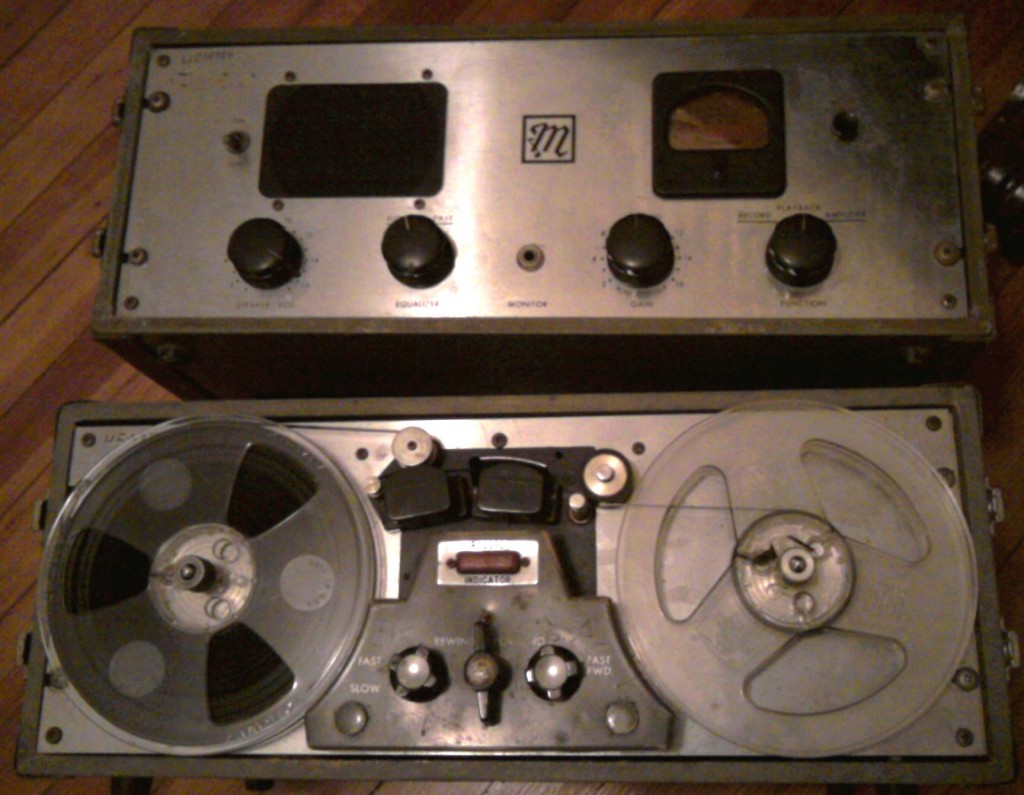 …Repaired/Restored a Magnecord PT-6 all-tube pro reel-to-reel recorder (circa 1950). This was a great find that turned out really well. It is up and running 100% after a little attention and… 114db mic pre amp? What the F? But it sounds great. Also….
…Repaired/Restored a Magnecord PT-6 all-tube pro reel-to-reel recorder (circa 1950). This was a great find that turned out really well. It is up and running 100% after a little attention and… 114db mic pre amp? What the F? But it sounds great. Also….
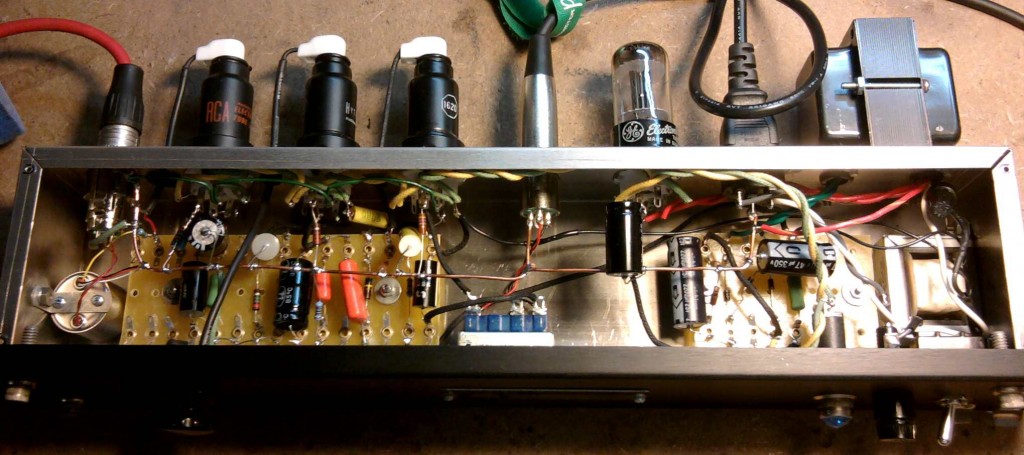 …the Mic PreAmp saga continues. Completed my 3-stage Pentode pre-amp. This is the culmination of years of experimenting with various ancient broadcast preamp ideas, and… so far, so good. It works well. Next step… frequency sweep tests.
…the Mic PreAmp saga continues. Completed my 3-stage Pentode pre-amp. This is the culmination of years of experimenting with various ancient broadcast preamp ideas, and… so far, so good. It works well. Next step… frequency sweep tests.
I hope to cover all of this (and more…) this week.

